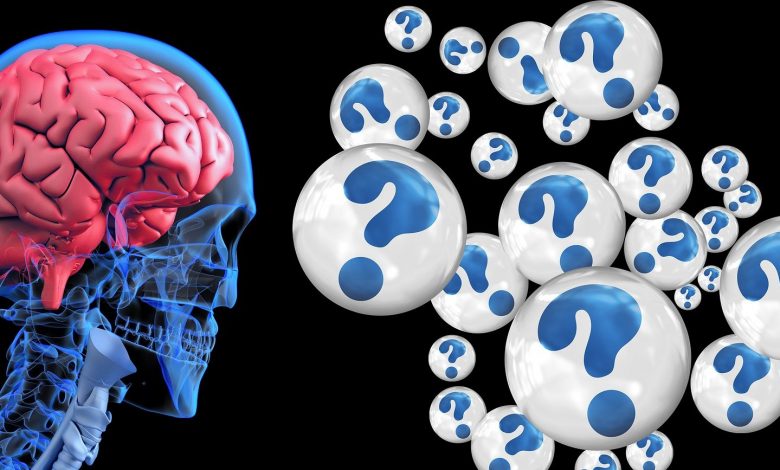
The modeling of human intelligence procedures by devices, particularly computer technology, is known as artificial intelligence. Knowledge – based systems, natural language generation, voice recognition, and device vision are examples of its applications.
Artificial Intelligence Work
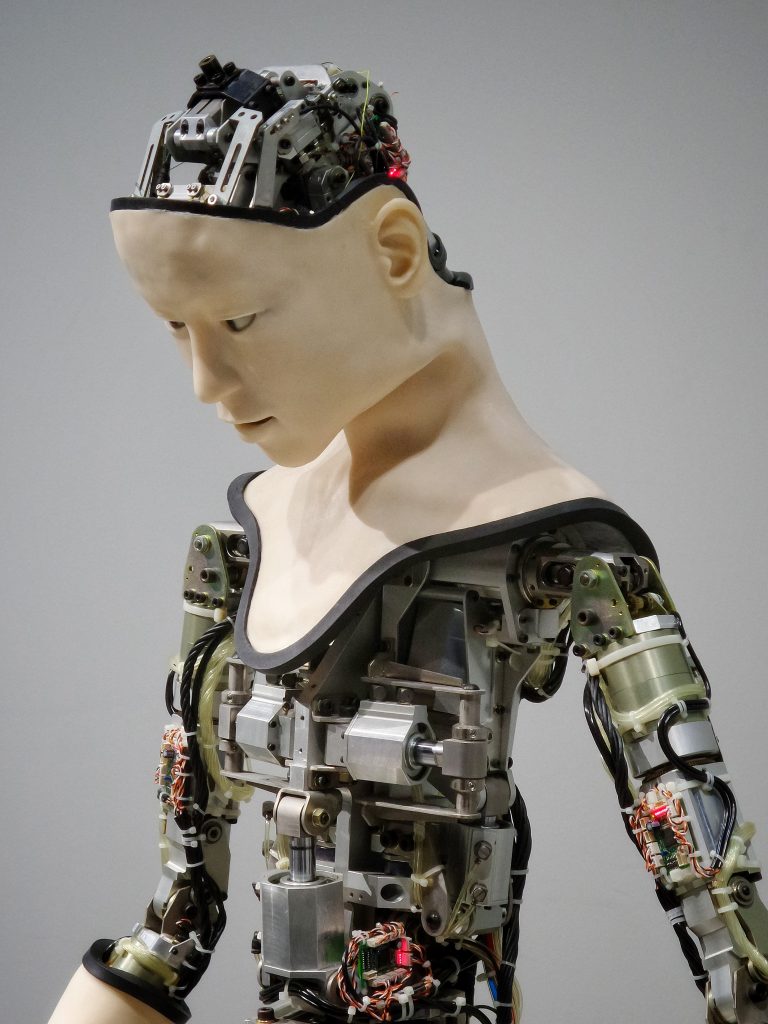
Machine learning is used AI to replicate human intelligence. The computer must understand how to respond to specific activities, so it generates a probability models using algorithms and historical data.
After that, probability systems will begin to make predictions (like scoring leads or something).
It is capable of much more, but these are some of the most popular marketing applications and features. And, while it may appear like machines are poised to take over, humans are still required to perform much of the labour.
We primarily utilize AI to save time by connecting people to email automating and enabling AI to handle much of the heavy lifting while we focus on other activities.
Importance Of Artificial Intelligence
It enables people to be more intelligent by assisting us in analysing, learning from, and acting on data more quickly than we could otherwise.
Carrying a cellphone provides us with apparently endless knowledge, as well as programmes that provide us with capabilities such as real-time language conversion and a smart assistant which can transfer data on our behalf by smart speaker.
We can achieve the same levels of accuracy and efficiency with AI that we do with robotic process automation in production, but with data labour instead of physical work. It automates repeated learning under the command of a person, and it does so with amazing precision.

It is assisting in the advancement of technology that protect citizens, like cancer detection and other health problems, as well as driving a car better than a distracted person.
Read Also-Intel Core i9-12900K, Core i5-12600K, Asus TUF Gaming Z690-Plus Wifi D4 Review
It can be used in industry for solutions that enhance user experience or to forecast customer satisfaction and churn levels in order to better understand user experience performance. Businesses can estimate and prepare accordingly to be profitable because It can predict financials faster and more precisely than humans. The options are limitless.
Everyone benefits from artificial intelligence, from users to businesses. It is not attempting to take over the world, but rather to improve it.
Advantages And Disadvantages
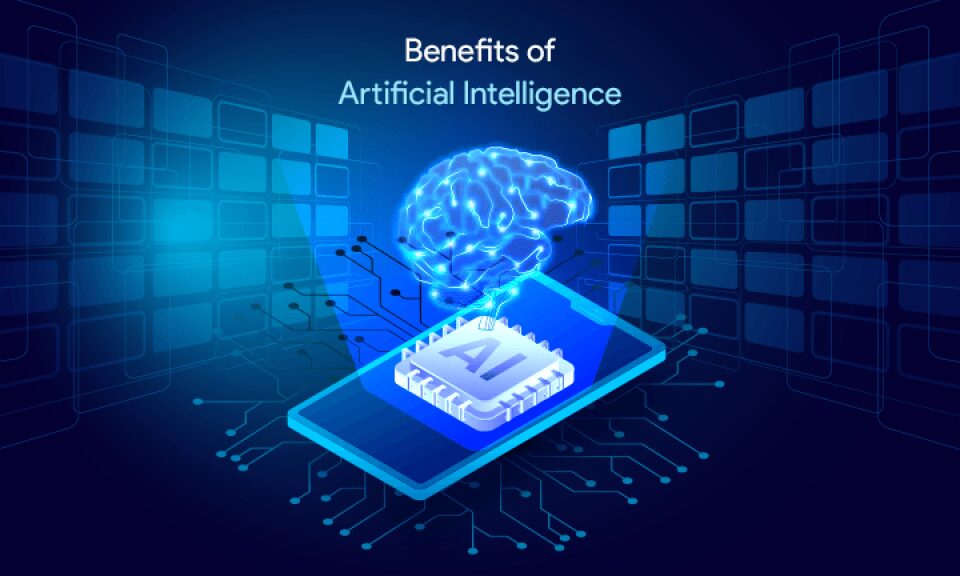
| Advantages | Disadvantages |
| Reduction in human error | Costly |
| Available 24×7 | Requires a high level of technical knowledge; |
| Assist in repetitive works | A scarcity of qualified workers to construct AI tools; |
| Online assistance | It only knows what it has seen; and |
| Make quickly decisions | Inability to transfer skills from one task to another. |
| Rational Decision Maker | ———— |
| Medical app | ———— |
| Improves Security services | ———— |
| Efficient Communication | ———— |
Basic Component
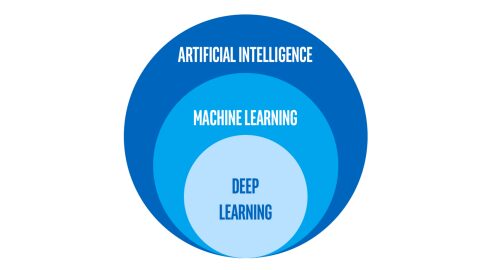
Artificial intelligence and Machine Learning
It is the process of teaching a machine that makes conclusions and inferences based on earlier experiences. It recognizes patterns, examines previous data, and infers the meanings of the these data sets without relying on human resources to draw a decision. This automating of forming opinions by analyzing data saves firms time and ability to make better decisions.
Deep Learning Of Artificial Intelligence
Deep learning Ai is a machine learning method. It trains a technology to identify, infer, and predict outcomes by processing inputs via layers.
Neural Networks of Artificial Intelligence
Neural Networks function in the same way that human neural cells do. They are a set of algorithms that collect the relationship between various underpinning variables and procedure the information in the same way that a human mind does.
Natural Language Processing Of Artificial Intelligence
It (NLP) is the study of a machine detecting, recognizing, and interpreting a language. When a machine knows what the user is trying to say, it reacts appropriately.
Computer Vision and Artificial Intelligence
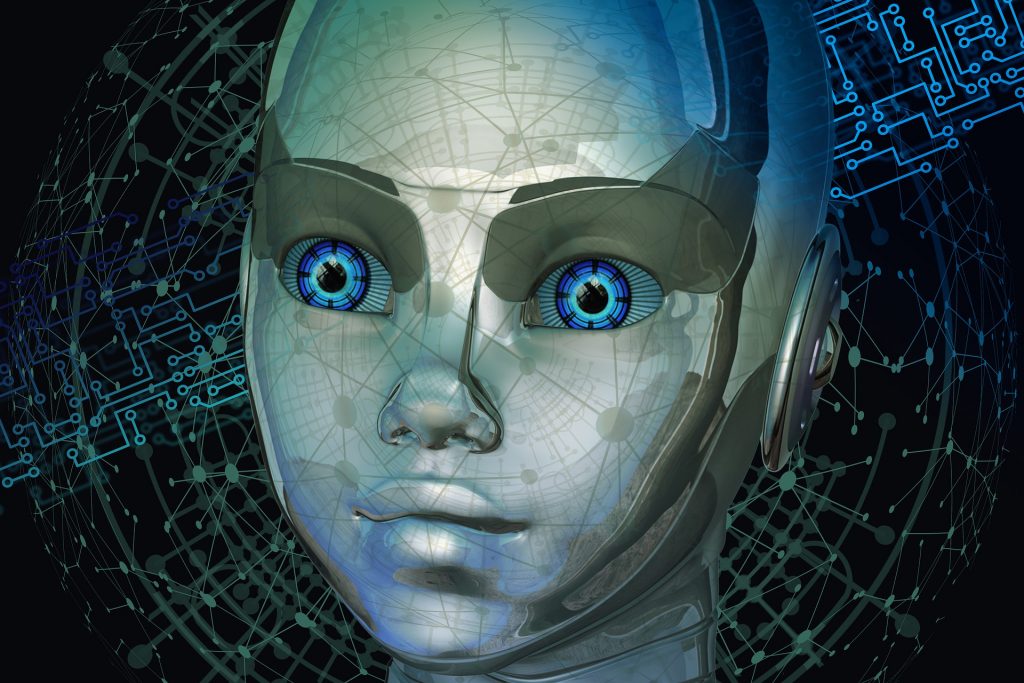
Computer vision algorithms attempt to comprehend an image by dissecting it and examining various elements of the objects. This aids the computer in classifying and learning from a group of photos, allowing it to make better output decisions based on previous experience.
Computer Intelligence (Cognitive Computing) Of Artificial Intelligence
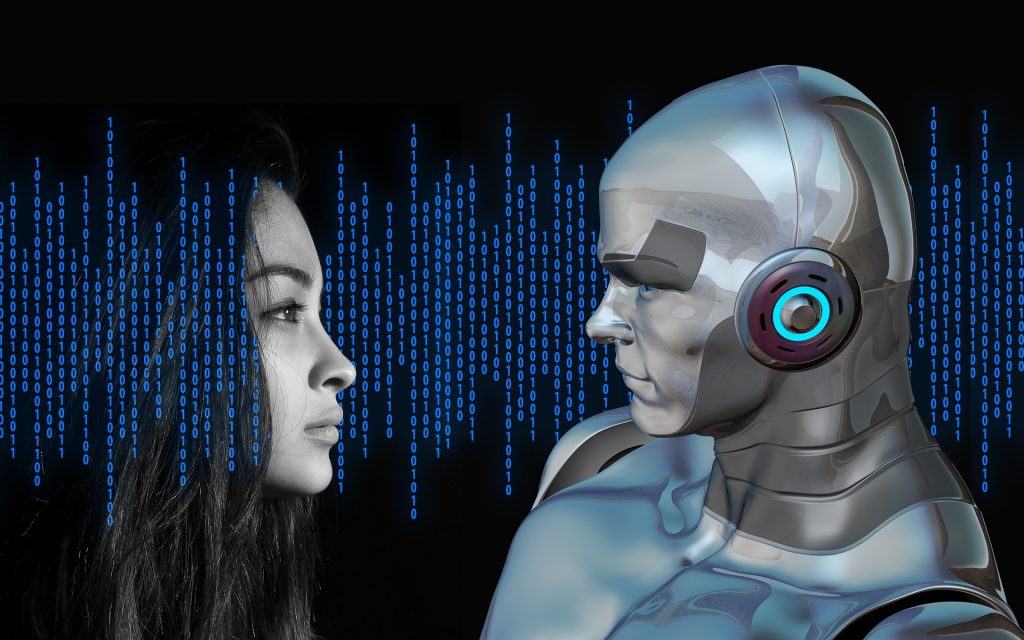
Cognitive computing algorithms attempt to emulate the brain activity by analyzing text, voice, pictures, and items in the same way as humans do, and then attempting to produce the appropriate output.
Types Of Artificial Intelligence
As per Arend Hintze, It may be divided into four categories, starting with today’s task-specific intelligent machines and moving to conscious systems that don’t exist yet. The following are the types-
Reactive Machines

These systems have no memories and are only used for a single job. Deep Blue, the IBM chess software that defeated Garry Kasparov in the 1990s, is an example. Deep Blue can recognize components on the chessboard and make inferences, but it can’t use previous events to influence future ones since it has no memory.
Limited Memory
Because these systems have memories, they may draw on prior experiences to allow them to make better decisions in the future. This is how some of the choice mechanisms in self-driving automobiles are built.
Brain Theory
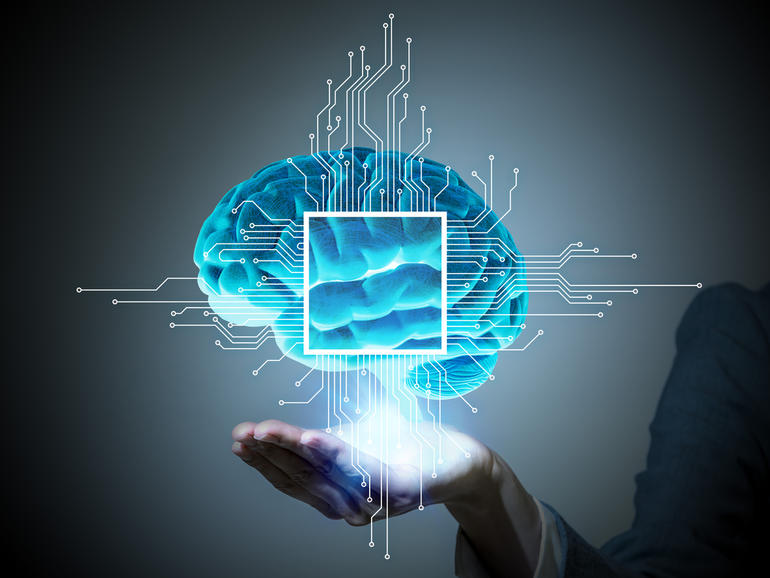
The term “theory of mind” comes from the field of psychology. When it comes to AI, it means the system will be able to recognize emotions because of its social awareness. This sort of AI will be capable of predicting human behavior and inferring human intents, which is an essential talent for AI systems to become important members of human teams.
Self-Awareness
AI systems that fall into this category have a feeling of self, which gives them awareness. Self-aware devices are aware of their own current condition. This form of artificial intelligence does not yet exist.
Artificial Narrow Intelligence (ANI)
These systems are intended to address a specific problem and are capable of performing a single task exceptionally effectively. They have significant limitations by design, such as suggesting a product to an e-commerce consumer or forecasting the weather. This is the only type of artificial intelligence currently available. They can mimic, and in some cases even outperform, human performance in very narrow situations, and only in tightly specific situations with a confined parameter range.
Artificial General Intelligence (AGI)
It’s characterized as AI with a human level of brain performance in a range of disciplines, including language comprehension, picture processing, computation thinking, and so on.
Artificial Super Intelligence (ASI)
A system of Artificial Super Intelligence (ASI) would be likely to impress humans in every way. This would involve things like generating better art and developing emotional connections, as well as a choice-making and sensible decisions.

Artificial Intelligence vs. Augmented Intelligence
| Artificial Intelligence | Augmented Intelligence |
| Artificial intelligence (AI) takes the place of people and functions with high precision. | Augmentation does not replace humans; rather, it provides mechanisms that aid in the production of goods. |
| It takes the place of humans in making decisions. | It helps people make better decisions. |
| Robots/Industrial IoT: All humans on the production floor will be replaced by robots. | Robots/Industrial IoT: Collaborative robots assist people in doing difficult and repetitive jobs. |
| Artificial Intelligence in Customer Success in Real Time | Application of IA in Customer Success in Real-Time |
| 1. Chatbots and automated customer service 2. Automated Workflows using Virtual Assistants | 1. Customer analytics powered by IA 2. Identify high-risk/high-potential clients and 3. Sales prediction |
Strong And Weak Artificial Intelligence
| Strong AI | Weak AI |
| It’s a small program with a limited reach. | It’s a more comprehensive application with a broader scope. |
| This program excels at specific tasks. | This application possesses remarkable intelligence comparable to that of a person. |
| To process data, it employs both supervised and unsupervised learning techniques | To process data, it employs clustering and association. |
| Example: Siri, Alexa. | Example: Advanced Robotics |
Artificial Intelligence: What Are The Prerequisites?
As a novice, here are some essential requirements that will assist you in getting started with the subject.
- A solid understanding of mathematics, particularly calculus, statistics, and probability.
- An excellent understanding of programming languages such as Java or Python.
- Understanding and writing algorithms is a strong suit.
- A good data analytics background is required.
- An excellent understanding of discrete mathematics.
- The desire to study machine-learning programming languages.
Application
Speech Recognition
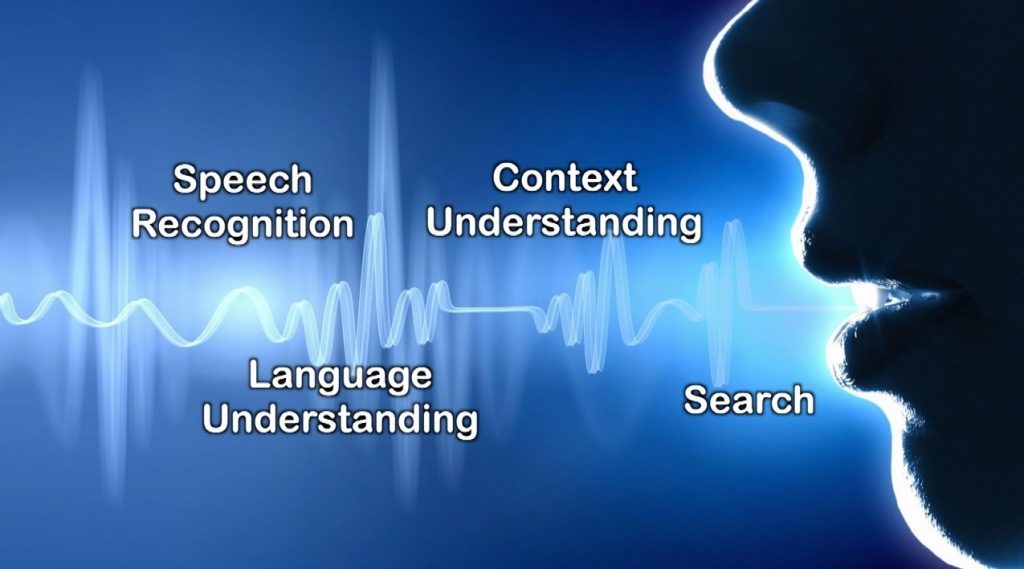
This technology also referred to as automatic speech recognition (ASR), computer speech recognition (CSR), or way of speaking, employs natural language processing (NLP) to convert speech sounds into a written document. Many smartphones use voice recognition to execute voice searches—for example, Siri—or to improve messaging availability.
Service To Customers
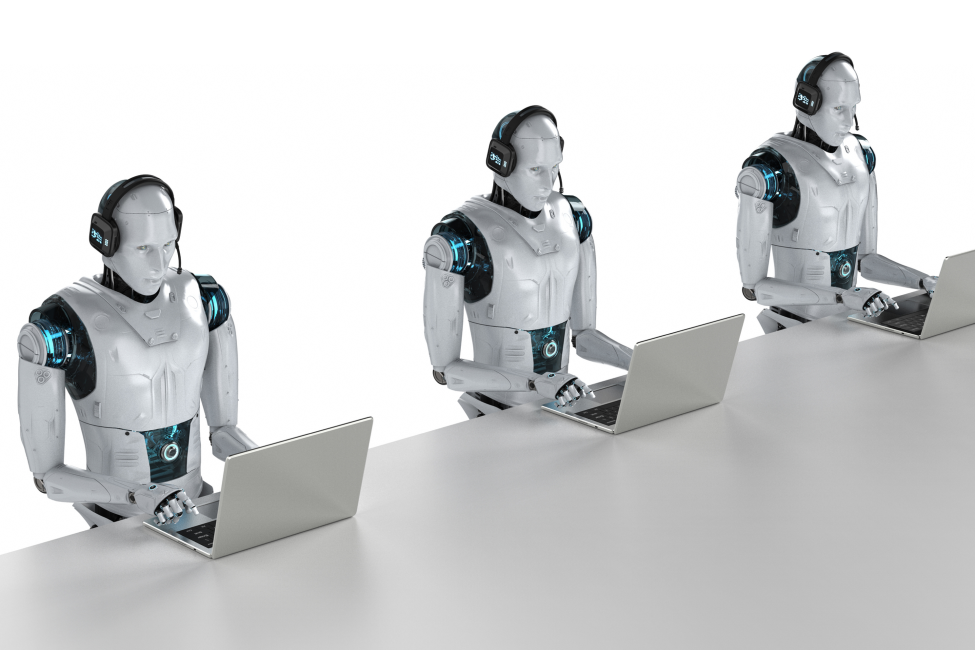
Along with the user experience, online chatbots are exchanging people, and representatives. They offer personalized recommendations, cross-selling brands, and recommending sizes for users, improving the way we believe about consumer experience across online networking sites.
They answer frequently asked questions (FAQs) all over topics like shipping, as well as provide personalized recommendations, cross-selling brands, or implying sizes for consumers, improving the way we believe about customer experience across online networking sites.
Read Also-How To Use WhatsApp With Multi-Device Support On Secondary Devices
Message bots on e-commerce platforms with this technology, chat apps like Slack and Facebook Messenger, and duties typically performed by digital assistants and digital assistants are all illustrations.
Computer Vision
This technique allows machines and networks to extract useful data from online photos, videos, and other visual inputs, and to react to that data. It differs from picture recognition jobs in that it can offer suggestions. Computer vision has applications in image labeling on social media, radiological scanning in healthcare, and automatic cars in the automobile industry, all of which are powered by artificial neural networks.
Recommendation Engines
AI algorithms can assist find data patterns that can be leveraged to generate more successful cross-selling strategies by using historical utilization behavior data. This is utilized by online businesses to give relevant add-on suggestions based throughout the checkout process.
Automated Stock Trading
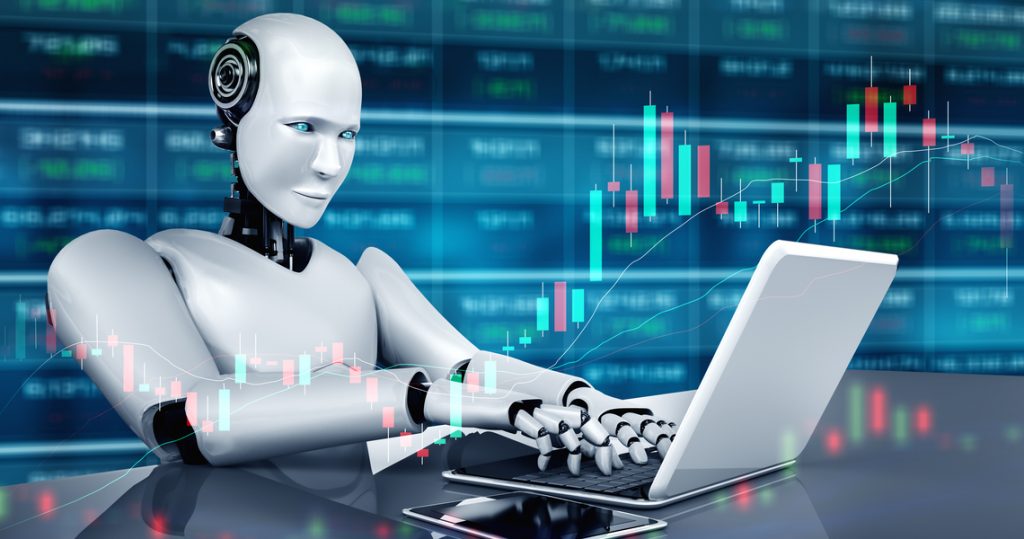
AI-driven increased trading systems, which are developed to improve stock portfolios, make hundreds or even millions of deals every day without the need for human participation.
Artificial Intelligence As A Service
Many suppliers are adding its elements to their normal services or allowing access to artificial intelligence as a company (AIaaS) systems since hardware, software, and personnel requirements for it can be costly. Individuals and businesses can use AIaaS to research AI for a variety of commercial goals and to try out numerous platforms before committing.

Ethical Use Of Artificial Intelligence
- While AI tools provide organizations with a variety of new capabilities, their employment presents ethical concerns since, for better or worse, an AI system will reinforce what it has already learned.
- This is troublesome because machine learning techniques, which underlie some of the most advanced artificially Intelligent tools, are only as smart as the information they are trained on. Since a human chooses which data has been used to train an AI computer, there is a risk of machine learning bias, which must be continuously managed.
- In businesses with stringent regulatory compliance standards, explainability could be a stumbling hurdle to AI adoption. In the United States, for example, financial firms are required to justify their credit-granting choices under federal laws.
- Meanwhile, because the Ai applications used it to create such choices operate by picking out subtle connections between thousands of factors, it might be tough to describe how the conclusion was made whenever produced by AI software. The program is known as black box AI whenever the choice-making process cannot be described.
- Anyone who wants to apply machine knowledge in real, in-production platforms must consider ethics and seek to minimize bias in their AI training procedures. This is extremely significant while using AI methods like deep learning and generative adversarial network (GAN) apps, which are intrinsically incomprehensible.
- Despite the dangers, there are presently few rules limiting the use of AI technologies, and where rules do appear, they usually refer to AI in a roundabout way. As previously established, Fair Lending standards in the United States require financial institutions to explain lending choices to potential consumers.
- GDPR has tight restrictions on how businesses can use customer data, making it difficult to train and operate many consumer-facing AI technologies.
- The National Science and Technology Council released a paper in October 2016 that looked into the prospective purpose of govt rules in AI research, although it did not suggest any specific laws.
How Can Be Artificial Intelligence Be Dangerous
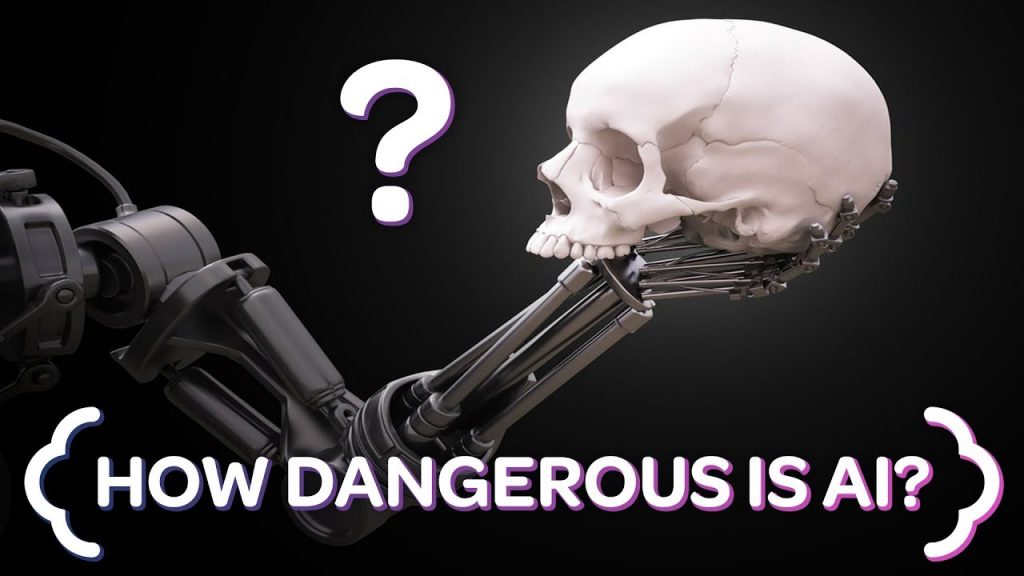
Most scientists believe that a super-intelligent AI is unlikely to experience human emotions such as love or intense dislike, and there is no reason to think that AI will become purposefully good or bad. Instead, scientists believe that two scenarios are most plausible when it comes to AI becoming a risk-
- It is trained to perform a heinous act: AI systems that are designed to kill are known as autonomous weapons. These weapons might potentially result in huge casualties if they fall into the wrong hands. Furthermore, an AI arms race could unintentionally lead to an AI war with catastrophic victims.
- It is programmed to perform something useful, but it creates a damaging technique of reaching its goal: This might occur when we fail to fully match the AI’s objectives with one another, which is a challenging task. If a super-intelligent machine is tasked with a large-scale geoengineering program, it may cause chaos in our biosphere as a side consequence, and see human action to prevent it as a danger that must be defeated.
As these examples show, the main issue concerning advanced AI is competency rather than malice. A super-intelligent AI will succeed at achieving its objectives, and if those objectives aren’t the same as ours, we’ll have an issue. Everything has pros and cons.
History Of Artificial Intelligence
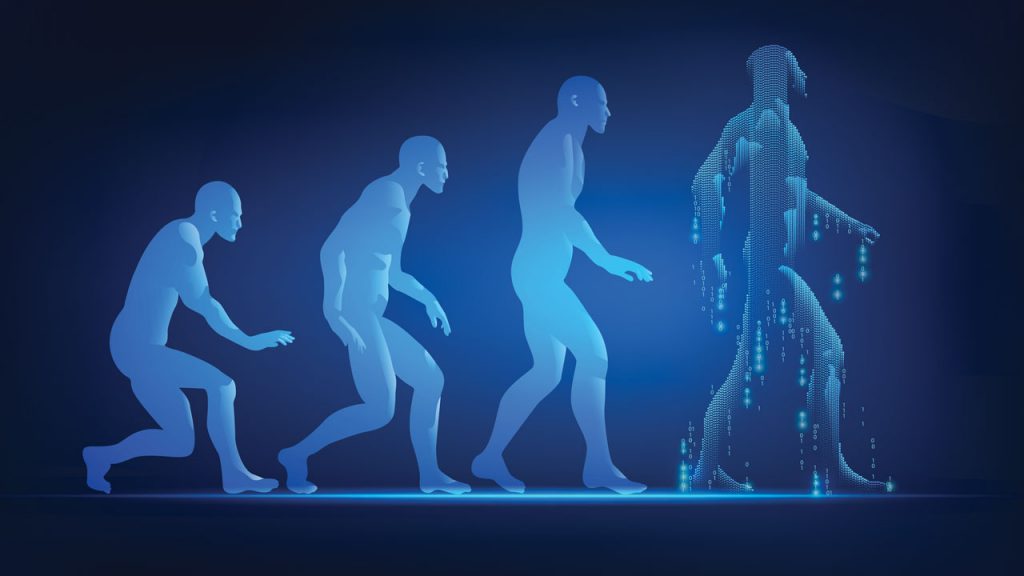
- Inanimate objects imbued with intelligence have been an idea from the dawn of humanity.
- In Greek mythology, the god Hephaestus is shown making robot-like minions out of gold.
- Ancient Egyptian engineers erected sculptures of gods that were animated by priests.
- Theorists from Aristotle to Ramon Llull, a 13th-century Spanish theologian, to René Descartes & Thomas Bayes employed the techniques and reasoning of the period to characterize human cognitive processes as signs, laying the foundations for AI notions like general information retrieval.
- The earliest idea for a programmable computer was created in 1836 by Charles Babbage and Augusta Ada Byron, Countess of Lovelace.
John Von Neumann, a Princeton mathematician, designed the architecture for the stored-program computer in 1940. Warren McCulloch and Walter Pitts, on the other hand, laid the groundwork for neural networks. - 1950s-With the introduction of powerful computers, scientists were able to put their theories about intelligent machines to the test. The Turing Test was designed to see if a machine could deceive interrogators into thinking it was a person answering their questions.
- 1956- The contemporary science of this field is widely credited with launching this year at a Dartmouth College summer symposium. DARPA, which includes a.i. inventors Marvin Minsky, Oliver Selfridge, and John McCarthy, who is recognized with coined the phrase.
- The first AI software, the Logic Theorist, was presented by Simon. It is a computer program capable of establishing certain mathematical propositions.
- In the 1950s, Newell and Simon released the General Problem Solver (GPS) algorithm, which while not capable of addressing difficult problems, provided the groundwork for the development of more cognitively demanding architectures; McCarthy created Lisp.
- MIT in the 1960s Professor Joseph Weizenbaum created ELIZA, an earlier natural language processing computer that paved the way for chatbots today.
- The 1970s and 1980s were a time of great change. However, the creation of artificial general intelligence has proven elusive, limited by constraints in computer information processing, as well as the problem’s difficulty.
- Research on deep learning methods and industry acceptance of Edward Feigenbaum’s intelligent machines produced a new surge of AI enthusiasm in the 1980s, only for government money and industry support to collapse again. Until the mid-1990s, the second AI winter lingered.
- From the 1990s to the present. In the late 1990s, advances in computing power and an avalanche of data triggered an AI renaissance that has lasted until the present day.
- Natural language, machine vision, robotics, machine learning, deep learning, and other fields have benefited from the recent focus on AI.
- Furthermore, It has become more palpable, as it powers cars, diagnoses diseases, and solidifies its place in mainstream culture.
- Deep Blue, a computer program developed by IBM, beat Russian chess maestro Garry Kasparov in 1997, making it the first computer program to defeat a world chess champion.
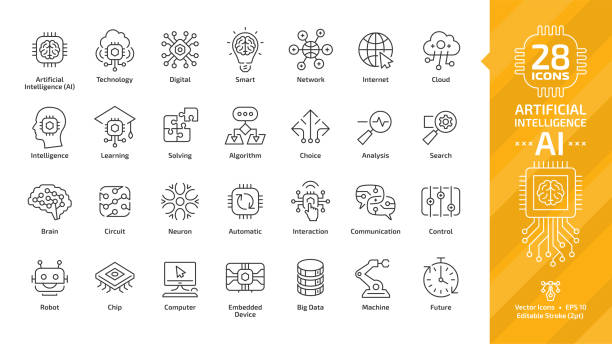
Conclusion
- In short, AI technologies’ aim of implementing purposely, intelligence, and flexibility in their methods has advanced dramatically in recent years. Its software, instead of being mechanical or predictable in its operation, adapts as it goes and integrates actual experience into its choice-making. It improves human efficiency and expands people’s skills in this way.
- Of course, these advancements make people fearful of apocalypse ideas made popular by Movies.
- People are concerned when AI-powered technology takes over people or erodes essential values, leading them to ask whether it is making a positive contribution or harming humanity’s essence.
With the right safeguards in place, governments may profit from artificial intelligence and future technology without abandoning the important characteristics that characterize humankind. - There is no simple answer, but system developers must include essential ethical ideals in algorithms to ensure that they relate to human problems and change and improve in ways that are consistent with social standards.
- This is why it’s critical to make sure AI ethics are treated seriously and factored into society’s choices. Groups should hire related attributes who operate with company choice-makers and computer programs, get a code of AI ethics that designs how different problems will be handled, organize an AI review board that regularly discusses company moral concerns, have AI inspection trails that show how different coding decisions were made, incorporate AI training programs so employees formalize ethical concerns in their everyday work, and have an AI review panel that regular basis discusses company moral concerns in order to maximize beneficial results.
- Societies will improve the likelihood that AI systems will be deliberate, clever, and adaptable while still adhering to basic human values if these precautions are implemented. In this sense, countries may progress and benefit from artificial intelligence and future technology while maintaining fundamental human values.







Explained simply about Artificial Intelligence (AI). Waiting for more for such type of article.
splendid article. provide good byte of knowledge about AI